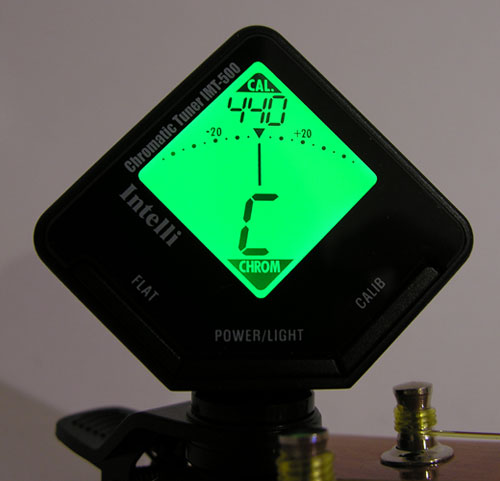Learning how to tune your guitar is essential as a beginning guitar player. But I don’t suggest you even bother learning how to tune by ear until you have been playing for a little while. Instead you should buy an electronic tuner. And specifically a chromatic guitar tuner. In this video guitar lesson I’m going to cover how to tune a guitar using a chromatic tuner.
The type of tuner I’m using in this lesson is a vibration tuner. Or sometimes called a clip-on tuner.
Intelli Chromatic Tuner Imt-500 Instructions Fzone Ft 800 Manual. Upgrade from the IMT-500 - The SUPER MULTI INSTRUMENT Model The Intelli IMT-900. Clip on chromatic tuner is designed to tune. INTELLI 3 in 1 IMT 202 Digital Chromatic Guitar Tuner Metronome $27.99 $39.99, INTELLI IMT 500 CLIP ON TUNER GUITAR BASS VIOLIN NEW $20.95.
You will clamp it on the end of your guitar on the headstock and it will pick up on the notes by vibration vs via a microphone or having to plug into it. Protokol aerodinamicheskih ispitanij ventilyacii blank. Video Guitar Lesson. Why Use a Chromatic Tuner Many standard guitar tuners will only tune to the notes E A D G B and E. That is standard tuning on the guitar from the 6th string to the 1st. If you want to tune your guitar down a half step, which is very common for bands to useyou are out of luck.

Let alone trying to tune to any alternate tunings. Even if you know you will only tune your guitar to standard tuning, it’s actually much easier to do so with a chromatic tuner. Let’s say your 6th string was accidentally tuned too low down to a D. If you had a standard guitar tuner and you play that 6th stringyour tuner may get confused and not register anything. It’s only programed to listen within a certain range. But with a chromatic tuner it will tell you what note it is, and you can tune from there. Standard Tuning Open Strings E A D G B E 6 5 4 3 2 1 How to Tune a Guitar Using a Chromatic Tuner 1.
For a vibration tuner, securely clamp it to the end of the headstock and face it so that you can see the readout clearly. If you are using a tuner with a microphone for an acoustic guitar, place the tuner as close to your guitar as possible. If using a tuner where you are plugging in, make sure the volume on your guitar is set to 10. Play the 6th string and first look only at the note name on the tuner readout.
Ignore the needle. If you are tuning to standard tuning the 6th string should be an E. If the note registers either above or below and E, your first goal is to get the readout to register the correct note name. Turn the machine heads (tuning pegs) that face up counter clockwise to raise the pitch of a string. Turn the machine heads that face down clockwise to raise the pitch. To lower the pitch do the opposite.
Once the note is registering the correct note name, then you will worry about getting it exactly in tune. For fine tuning you will look at the needle. Every tuner is different, but you want the needle to be in the 12 o’clock position. The closer you get to being in tune the slower you should turn the tuning pegs. It’s usually better to tune up to the note rather than down. So if you are a little high you might want to lower the pitch slightly, and then bring it back up to pitch. Once the 6th string is in tune go through the same process to tune all of the other strings.
If your guitar was way out of tune to start with you may want to go back and double check all of your strings again. Play a chord. If it sounds bad, changes are one of your strings is perfectly tuned to the wrong note.
You may have looked at the needle first and note the note name.